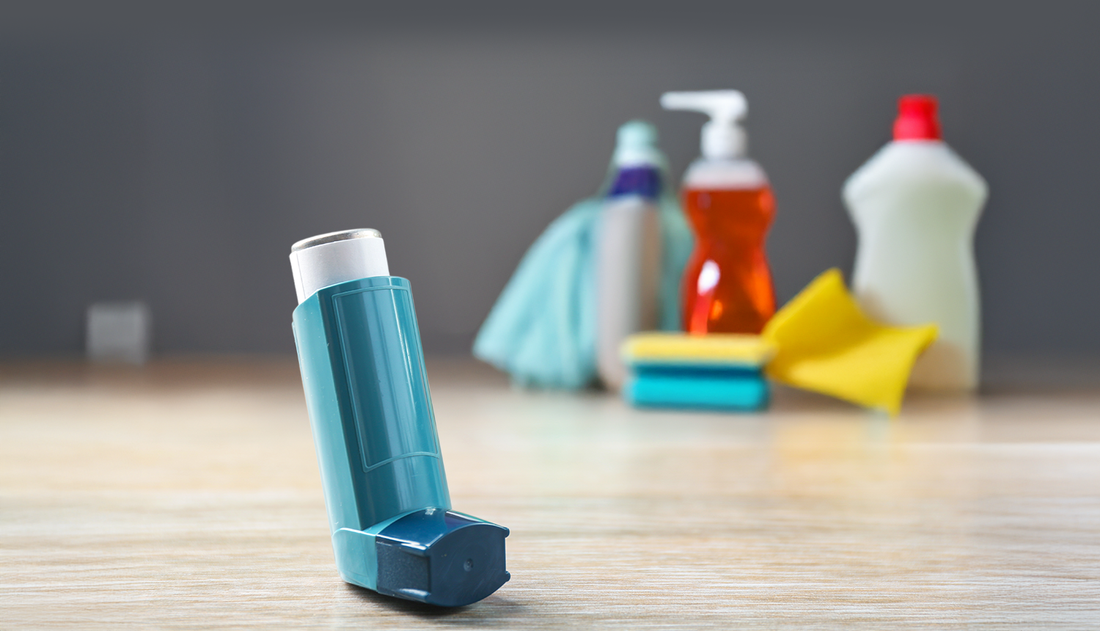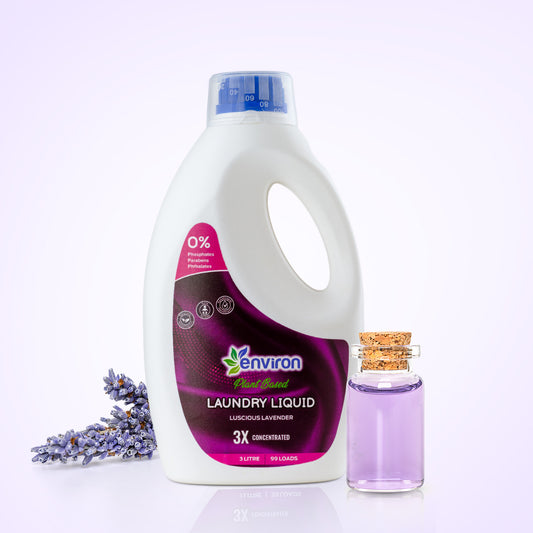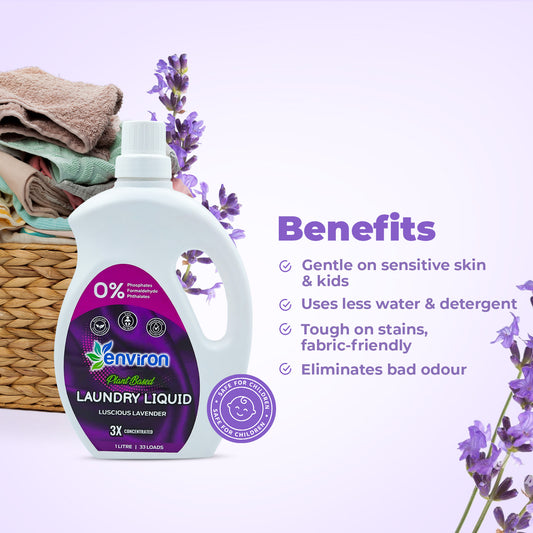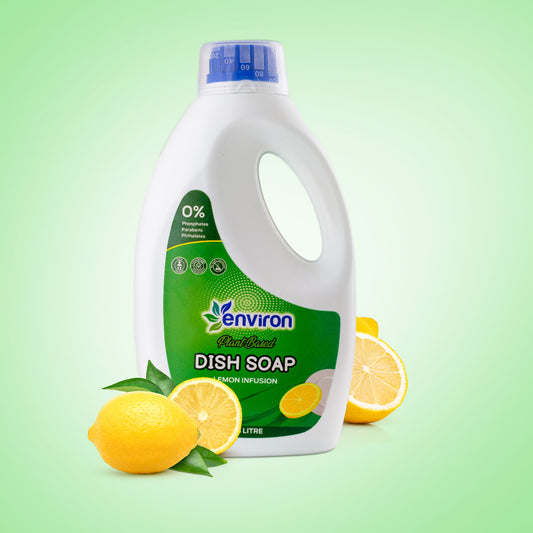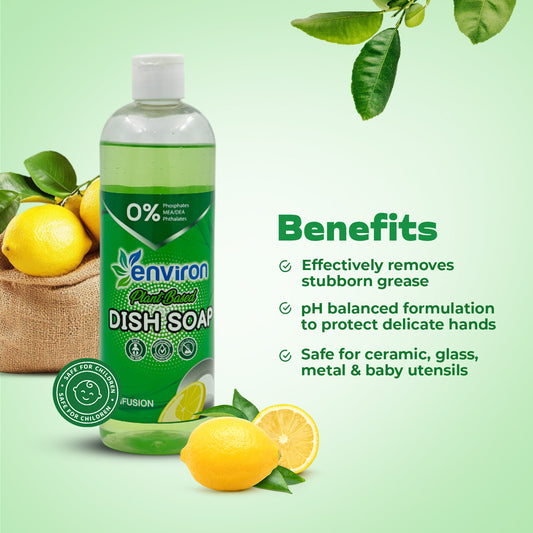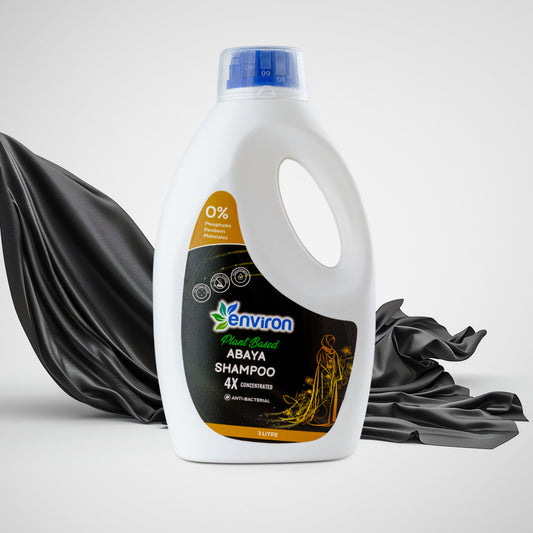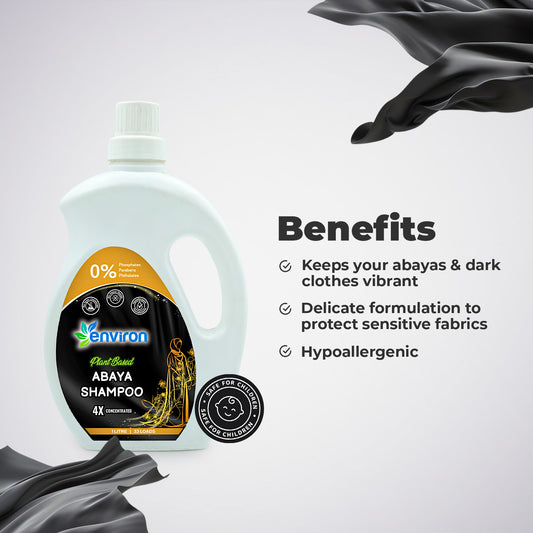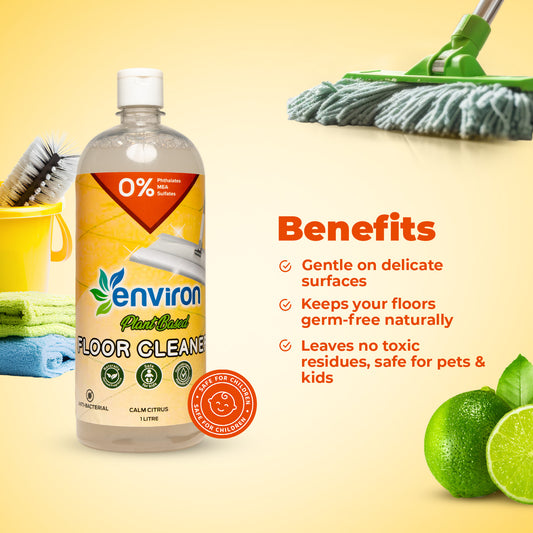When it comes to keeping our homes clean, many of us reach for traditional cleaning products without a second thought. But what if the chemicals in these products are doing more harm than good, especially to our children? Studies show that many conventional cleaning products can contribute to respiratory issues, including asthma, particularly in young children.
How Traditional Cleaning Chemicals Trigger Asthma
Traditional cleaning products often contain harsh chemicals like ammonia, bleach, phthalates, and volatile organic compounds (VOCs). These substances are designed to eliminate dirt and bacteria but can also irritate the respiratory system. VOCs, in particular, are found in many household cleaners, such as glass sprays and disinfectants, and release harmful fumes into the air.
When inhaled, these fumes can inflame airways, triggering asthma attacks or even leading to the development of asthma over time. Children are especially vulnerable because their lungs are still developing, and they tend to breathe faster than adults, exposing them to higher concentrations of these harmful substances. Research published in the American Journal of Respiratory and Critical Care Medicine found that frequent use of traditional cleaning sprays significantly increases the risk of asthma.
The Impact on Young Children
For young children, exposure to these chemicals can be particularly dangerous. According to the Asthma and Allergy Foundation of America (AAFA), children exposed to cleaning chemicals are more likely to experience chronic coughing, wheezing, and difficulty breathing. Prolonged exposure can even result in long-term respiratory damage.
Impact on Adults with Asthma
Adults with asthma are not immune to the harmful effects of traditional cleaning chemicals. The strong fumes and irritants in these products can exacerbate existing asthma symptoms, leading to more frequent and severe asthma attacks. A study published in the European Respiratory Journal highlighted that professional cleaners and individuals frequently exposed to cleaning chemicals have higher rates of asthma symptoms and lung irritation.
Ways to Avoid This Danger
The good news is that you can protect your family from these risks by making simple changes to your cleaning routine:
-
Switch to Non-Toxic Cleaning Products: Opt for plant-based, non-toxic alternatives that don’t release harmful fumes. Brands like Environ offer eco-friendly cleaning products that are free from VOCs, phthalates, and other asthma-triggering chemicals.
-
Ventilate While Cleaning: Open windows and doors to ensure proper airflow and reduce the concentration of fumes in your home.
-
Avoid Aerosol Sprays: Use liquid or solid cleaning products instead of sprays, which release fine particles into the air.
-
DIY Solutions: Simple mixtures of vinegar, baking soda, and water can effectively clean surfaces without exposing your family to harmful chemicals.
-
Store Products Safely: Keep cleaning products out of children’s reach and in well-sealed containers to prevent accidental exposure.
Choose a Safer Future
By being mindful of the cleaning products you use, you can create a healthier home environment for your family. Switching to safer alternatives like Environ’s plant-based cleaners not only reduces the risk of asthma but also ensures you’re making eco-conscious choices for the planet.
Don’t let traditional cleaning chemicals jeopardize your family’s health. Make the switch today and breathe easier knowing your home is safe for everyone—especially the little ones.
Sources
-
Frequent Use of Household Cleaning Sprays and the Risk of Asthma
-
Asthma and Children: The Impact of Cleaning Products
-
Cleaning Products and Asthma Symptoms in Adults

